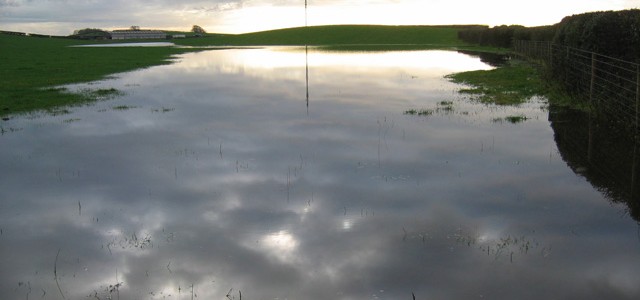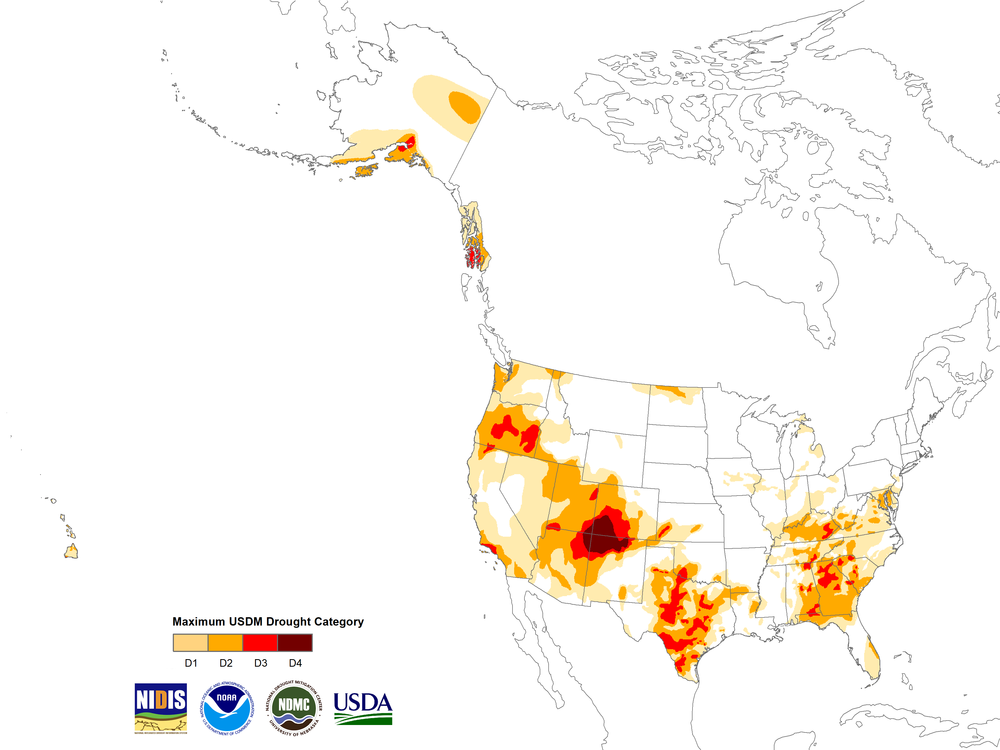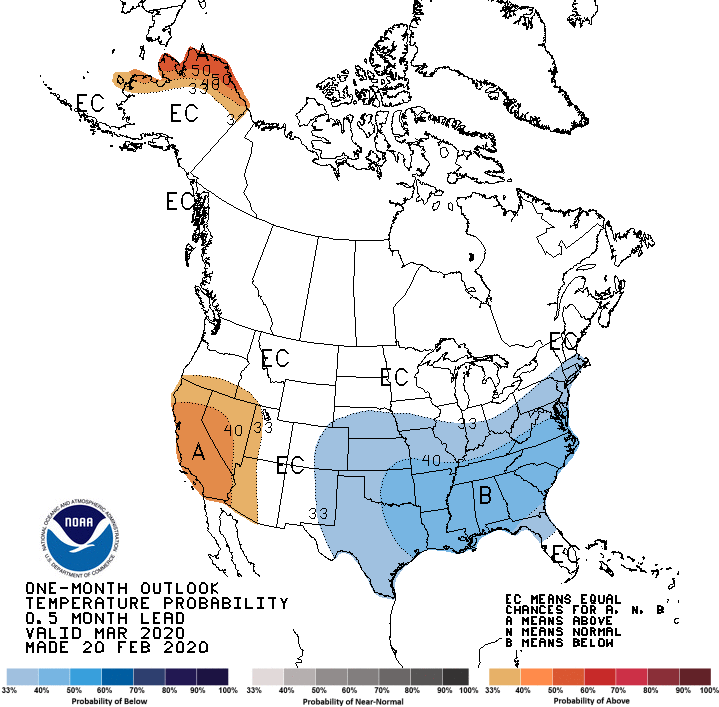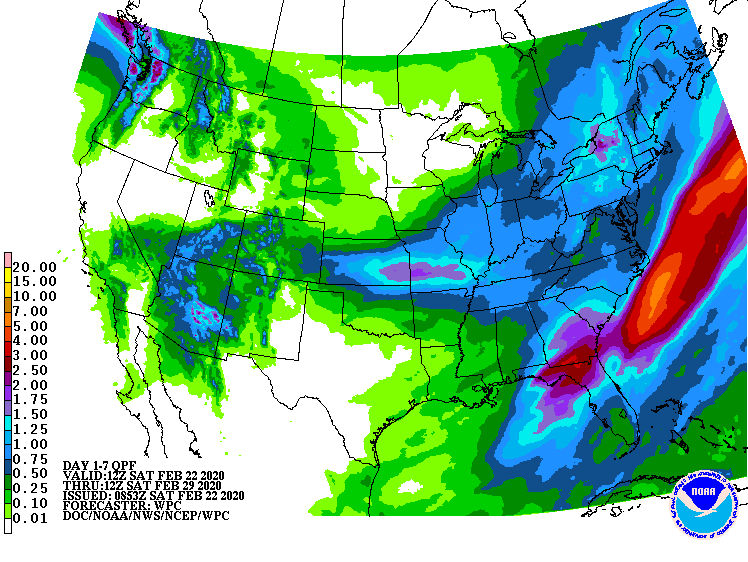-

Farmers have the potential to lose a significant part of their livelihood in a weather disaster. But there are things that producers can do to prepare for the day a disaster like a flood from a slow-moving hurricane or damage from high winds hits their farm. This article from Nebraska Farmer describes two ways that…
Posted in: Climate and Ag in the news -

Even though it’s not quite the end of the month yet, the National Ag Statistics Service released this February summary of the crop conditions across Georgia. The rain has really done a number on farmers in most of the state this year. February 24, 2020 GEORGIA: February temperatures were on average 1 to 6 degrees…
-

Here is a cute 6-minute video which explains how drought is assessed in the US by the Drought Monitor. It’s produced by our CoCoRaHS friends, who also have a lot of handy videos on how to measure precipitation. It includes a discussion of what the different drought classifications mean and how the Drought Monitor is…
-

Bright green grass across the fields, yards and roadsides of northern and central Georgia is making those parts of the state look more like Ireland than a typical Georgia in February. The cause—copious rain coupled with periods of much warmer than normal temperatures, which is waking up the plants early and causing them to green…
Posted in: Climate and Ag in the news -

The latest monthly and seasonal outlooks from NOAA’s Climate Prediction Center were released this week. They show that March could be colder than normal across the region except for southern Florida, while precipitation is likely to be above normal across the southern half of the region. For the March through May period, the region as…
Posted in: Climate outlooks -

Every year, more than 500 Americans get hit by lightning. Around 90 percent of those survive, but often with debilitating and sometimes mysterious symptoms that can cause serious continuing health issues. Here is a story about what happened to several people who survived lightning strikes and how that experience…
-

The latest 7-day QPF map shows that the storm track which has dumped so much rain on northern parts of the region is shifting south this week. The heaviest rain amounts are likely to be mid-week and located closer to the coast in southern Alabama and Georgia and…
Posted in: Climate outlooks